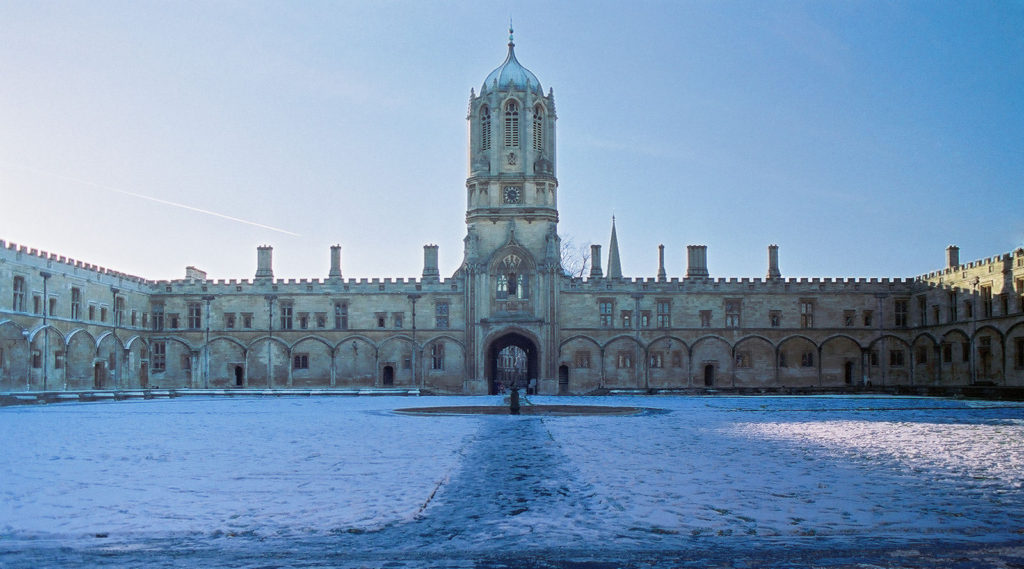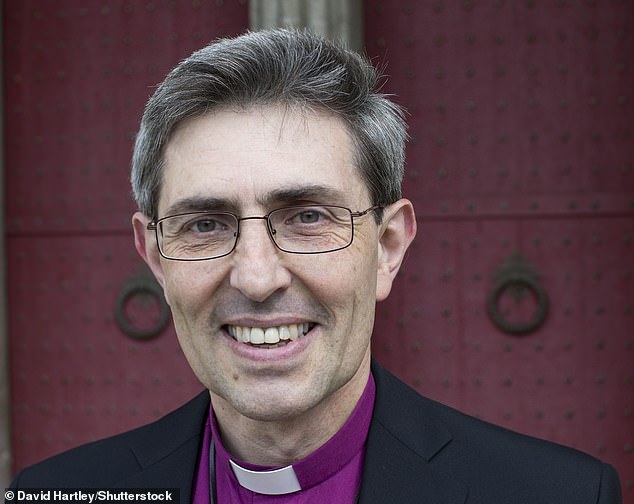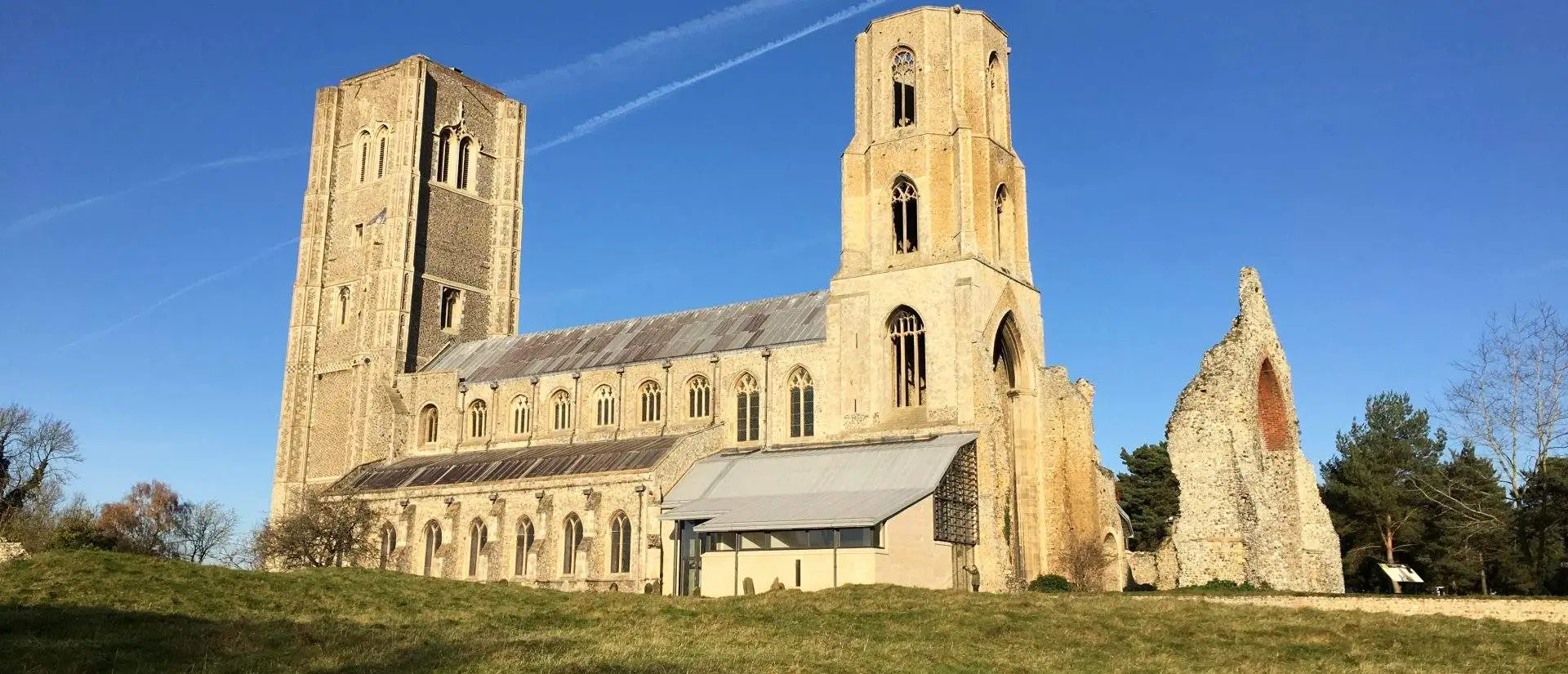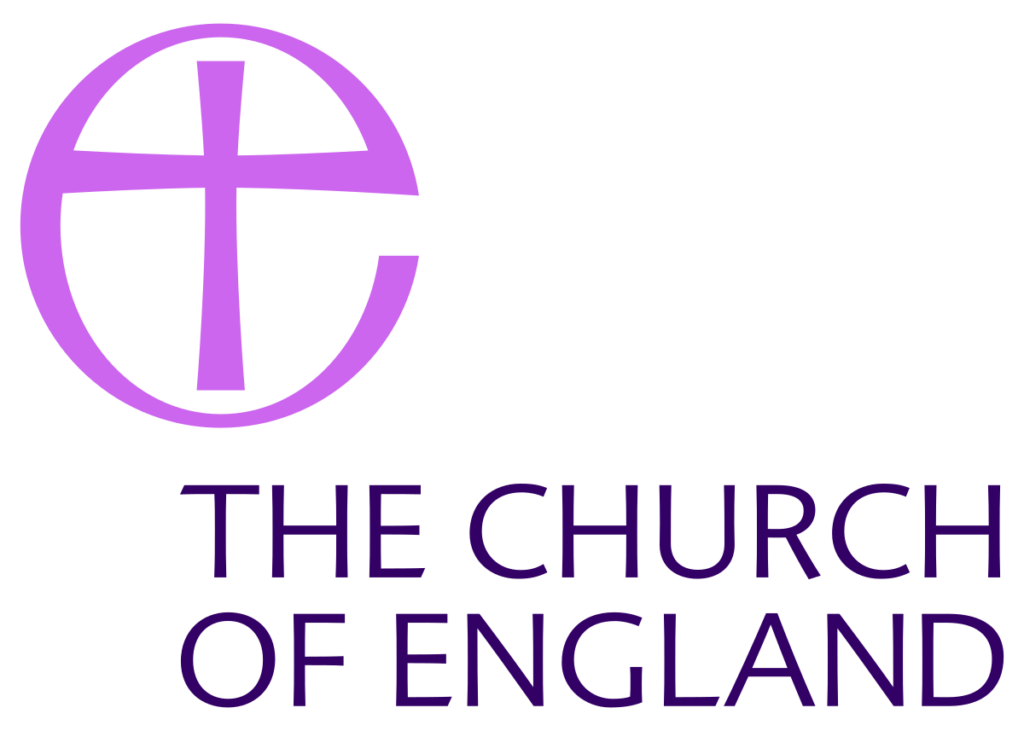
It is always tempting, when a long-standing dispute is resolved, to want to move on with a large sigh of relief. The Christ Church Oxford saga may seem to have come to an end, with a mediated settlement agreed with the Dean, the Christ Church Governing Body and the complainant Ms X. The reality is that in any dispute that has been going for four years, that there are likely to be many stones that have been turned over to reveal a dark grimy underside. The glimpses of shameful behaviour among some of the participants in the drama, leave the onlooker feeling decidedly uncomfortable. Questions about motives remain, and are, in many cases, unanswered. A settlement may have been found, but the history of all that preceded it cannot be so quickly dispensed with or pushed to one side.
Among the many written documents and articles that can illuminate our understanding of the drama, there is one that appeared a week ago in the Tablet by Canon Angela Tilby. It is one of the most vivid accounts I have seen, particularly because it gives us an inside/outside perspective that few people in fact possess. Tilby writes as a partial insider from her time as a cathedral canon at Christ Church from 2011-2016. Then, she was involved with the appointment of Percy in 2014 as Dean, representing the Cathedral Chapter on the interviewing panel. On that occasion, she listened to Percy expound his ideas on college governance and administration and what he would do to make the College more open-ended, with a greater emphasis on inclusiveness. After her retirement, Tilby continued to visit the College in various capacities, maintaining contact with several former colleagues in the Cathedral and College. The first complaints against Percy she heard were shared with her by one of the members of the Governing Body, Canon Sarah Foot, in the summer of 2018. It was impossible to find out precisely what Percy was supposed to have done but the consensus was that the misdemeanour was ‘very serious’.
The serious crime allegedly committed by Percy seems, from the available evidence, to be one of having disturbed the status-quo of the College. Power in the Governing Body is held by a small group of ‘censors’ who convene the entire Governing Body of some sixty strong. The real power behind the scenes is to be found in the group of ex-censors. Following their term of office, former censors continue to retain much of their old influence within the College. Tilby describes these ex-censors as ’tribal elders’. Nothing is done in the College without their approval. Sir Andrew Smith had also noted how these elders were wielding a great deal of social and political power. A conflict was perhaps almost an inevitability if a new Dean, interested in governance reform, were to challenge the vested interests of this group of present and former censors. The majority of the other members of the Governing Body were loath to get involved in matters of decision making and governance, so the power to manage the College was wielded by quite a small group. Previous Deans seem to have done little to challenge this power wielded by the elders.
The first area of conflict between the Dean and those who opposed him, arose after a widely publicised episode involving a medical student, Lavinia Woodward. She injured her boyfriend by stabbing him in the leg with a bread knife in December 2016. The case threw up a range of issues about who in the College was responsible for managing the safeguarding and protection of students. It seems that Percy was unhappy with the existing protocols for safeguarding, and several meetings were held on the topic in the first part of 2017. This enquiry led into other issues, especially around the area of financial management. One topic that was raised was whether the formula for calculating academic and other salaries was still fit for purpose, as Christ Church was out of line with other Colleges, and this was a recent development. But the Salaries Board refused to disclose its workings and methods, and requests for clarity were met with absurdist opacity. Superficially this gave the impression that Percy was interfering with the governance of the College to obtain a pay-rise for himself, but that does not seem to have been a fair reading of the situation. When the conflict escalated to become a formal complaint by his detractors under some archaic statutes of the College, Percy was accused of ‘conduct of an immoral, scandalous or disgraceful nature incompatible with the duties of the office…’
An extremely costly Tribunal under Sir Andrew Smith, a former High Court Judge was held in the summer of 2019. In August the conclusions were published, and Smith dismissed all the charges against Percy. Although Percy was allowed to return to work, the atmosphere in the College remained hostile and the accusers refused to reimburse the huge sums expended by him in having legal support at the Tribunal. In addition, more rumours about Percy were being fed to the Press in apparent attempts to smear his name.
In March 2020, a church-led enquiry was opened to investigate the accusation that Percy had mishandled four alleged “historic safeguarding concerns” within the College. Although this case was not within the purview of the Church of England, a Core-Group was convened by the Diocese and NST. Percy refused to be suspended – there were no actual individuals complaining, just the College manufacturing “concerns”. Two further “concerns” were then added by the College. The Diocesan and College lawyers emerged as primary originators in each of these six cases. It was only in September 2020 that Percy was found to have acted appropriately by the NST and allowed to return to work. However, the College refused to accept the NST judgment.
A few weeks later, the final episode – a seventh safeguarding allegation – was made. This new but clearly related conflict between Dean and both the College and Church began in October 2020. It is in connection with that stage of the drama that the recently announced settlement is purportedly concerned. An alleged incident of unwanted ‘hair-touching’ was reported to have taken place on October 4th. The incident sparked yet another suspension by Church and College.
Again, as with the previous six “safeguarding concerns” the same lawyers acting for the Diocese and the College were involved in curating and escalating the allegation, making sure through Luther Pendragon (PR) that the media were prejudicially briefed. Percy has all the emails from the journalists, NST and others, which are from the lawyers and Luther Pendragon, planting detrimental stories against him. The Diocesan lawyers also made sure the Dean’s evidence in the internal investigation was redacted, or in some cases, simply ignored. The lawyers denied involvement in the internal investigation, despite setting its terms of reference, and also helping finalise the notorious bogus “Risk Assessments”.
Although some may feel that I am merely dredging up old history in the dispute, the level of vitriol that was spreading round the college at that time and since, needs some exploration. Technically with the agreement that has now been signed, all the past events should be able to be consigned to history. It, nevertheless, remains a stumbling block that the wording of the agreement signed a few days ago seems to be suggesting that the College dispute with the Dean has always been about a single case of hair-touching. When we look at the whole timeline of the dispute, we have to note that there have been almost four years of persecution where allegations of sexual misconduct were implied or explicitly made. The first charge the Dean faced in October 2018 was of “immoral, scandalous and disgraceful conduct”. Most people would assume this was sexual in nature, and not a dispute with a committee about its governance. The College, for almost four months, refused to confirm or deny that the charge might relate to sexual misconduct or paedophilia. They were more than happy to let the press speculate, and fed the silence with gas-lighting and innuendo.
In May 2021 the most senior legal voice in the Church of England (and fourth most senior Appeal Court Judge) declared that the alleged incident in the sacristy in itself ‘is not serious enough to merit a tribunal under the Clergy Discipline Measure’, and that both the complainant and respondent (i.e., the Dean) were ‘credible’. Yet for this single allegation there have been no fewer than five separate investigations of that incident, so it is unreasonable to suggest that anything new would have been revealed by a further College Tribunal. At the heart of the Percy dispute is, to repeat, not a College desperate to protect the innocent and vulnerable, but one apparently fighting an all-out struggle to do everything to leave political and ideological power in the hands of the ‘tribal elders’.
To return to Tilby’s revealing article in the Tablet, she mentions that, in the first years of Percy’s tenure of office as Dean, he was very supportive of Sarah Foot, sponsoring her ordination. Graham Ward was an unsuccessful applicant for the post of Dean in 2015. Percy was also instrumental in the appointment of Canon Richard Peers to the post of Sub-Dean. Both these individuals have subsequently played major roles in opposing and undermining Percy. In the case of Peers, a CDM was eventually taken out against him because of his many alleged malign statements against Percy. In the case of Foot and Ward, their attacks on the Dean began much earlier, and stem from 2018.
The change in these three, from being supporters to attackers, is one part of the story that does not lend itself to ready explanation. It certainly leaves behind an unsavoury blight on reputations. The settlement does not, as far as I can tell, affect Percy’s reputation, or in any way damage it. The same cannot be said for those who have spent so much effort, corporately and individually besmirching the reputation of a thoroughly good man. To be attacked consistently over such a long period is a grievous experience but fortunately Percy has been able to count on the support of friends and supporters all over the world.
One further untidy loose end in the whole story of Christ Church and its Dean is the place of Bishop of Oxford. His role throughout the process has been marked by indifference at best and hostility at worst. Apparently, he was present at Christ Church this morning (6.2), but there was no joyous announcement of the conclusion of the affair with the Dean able immediately to resume his church duties. The source reported that everything said by the Bishop and the Sub-Dean sounded as if it had been written by a lawyer. The earlier statement made by the Bishop on Friday about the whole affair also had a strange reticence to engage with or show any understanding of the causes of the wider dispute between Dean and College. The Bishop seems to have colluded with the idea in his Statement that the main problem in the dispute has always been about an alleged sexual misdemeanour. The Dean’s CDM judgment states plainly that there was no sexual content to the conversation with the complainant (it was about donating hair to a charity making wigs for children being treated for cancer).
Having lived only seven miles from the Dean, the Bishop must have known from the time the dispute became public (and before) that any actual sexual misbehaviour on the part of the Dean was never a credible allegation by the Censors and those who organised the original Tribunal in 2018. Those of us who have followed the dispute over the four years were very surprised to hear about any sexual allegations. Yet when investigated, they have always amounted to nothing, and no credible person or evidence produced. The only common denominators that lie behind the allegations are the intentional malicious gas-lighting and innuendo, which is originated by some clergy, and a law firm and PR company acting for the Diocese. Whatever the precise nature of the ‘offence’ committed by Percy, there has never been any indication that he is a ‘sex-pest’ or a danger to every single individual in the College, making it necessary to change the locks throughout the College.
The final part of the agreement which may prove more long-lasting than any other is the promise by the College to review systems of governance. Angela Tilby’s piece helps to remind us that that back in 2018, when the dispute came into public view, the disputes were about control and power in the College. Percy fought hard to establish to establish secure governance structures in his first years in the College. Although he was unsuccessful in putting such changes in place, it would seem that these reforms may, under the watchful eye of the Charity Commission, be achieved following his departure. Wherever Dean Percy and his family go after April this year, it can be hoped that he will be allowed to work in an environment conducive to his considerable teaching and writing skills. In this way, we trust, he will continue to make a continuing valuable contribution to the Church that he desires so passionately to serve.








